This week we renewed our membership of ABTOT, the Association of Bonded Travel Organisers Trust. You can book a package with us knowing that your holiday is protected.
It’s now less than two months before hotels re-open and we can restart operations. We can’t wait! Contact us to see how we can help get your Thames Path walk organised.
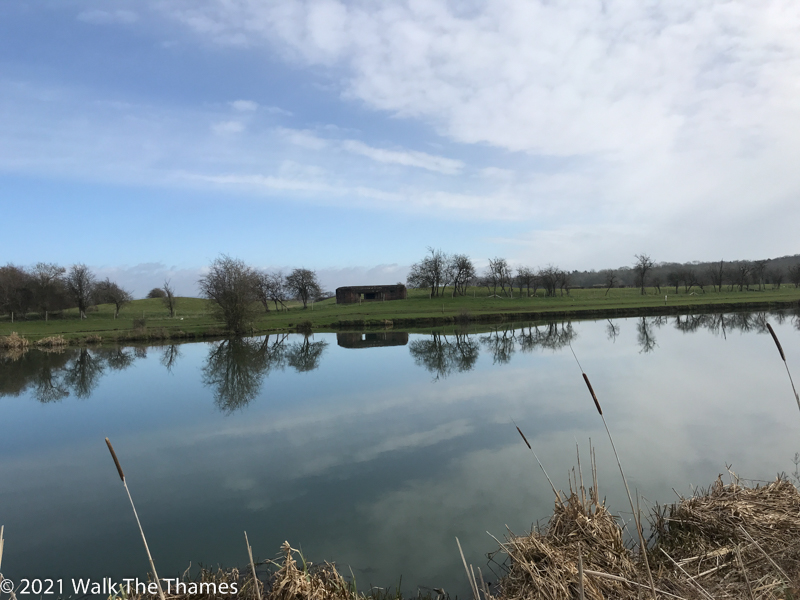
Habitats & Heritage are hosting an online webinar in partnership with Marble Hill focusing on how we can work with nature to best support wildlife and how Marble Hill Park are doing just this. Tickets available here.
On 6 April, Wide-Eyed London, will be hosting a virtual walk of Covent Garden, just a short walk from the left bank of the Thames between Westminster and Tower Bridge. It promises to be full of surprises: “the little back alleys reveal an edgier side often missed by those who pass through.” Book here. By the way, Wide-Eyed London are our recommended partner for walking tours of London. See our Experiences page.
A reminder that a series of talks on Turner will be held in April entitled Turner’s Sandycombe Years. For more details, see here.
Our next online event will be the usual time of 7pm on Thursday March 25. This will be a re-run of an Introduction to the Thames Path. The following week we will be continuing our exploration of the Thames Path by virtually walking from Wallingford to Reading. Note: this will be on Wednesday and not the usual Thursday because of the Easter festival.
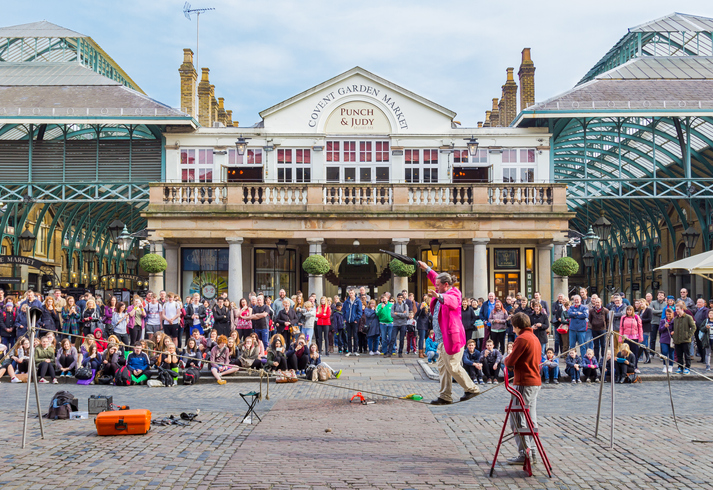
So much of our nature is hidden from view. We know the animals are out there but we just can’t see them. Explorer Steve Backshall, who lives in Buckinghamshire, recently posted a short video of otters on his stretch of the Thames. Just goes to show that patience has its rewards.
As it’s lambing season, a reminder to keep dogs on short leads when around ewes.
Last week we mentioned the Henley Toad Patrol. They have just released a 30 minute documentary on YouTube. The film was made in 2020 just before lockdown.

Two weeks ago, Banksy left his mark on the walls of Reading Gaol with an image of Oscar Wilde escaping with a typewriter.
This week, the typewriter was defaced, and the words “Team Robbo” scrawled underneath. Robbo was a rival grafitti artist who died in 2014. Their rivalry began in 2009 when Banksy painted over one of Robbo’s tags on the Regent’s Canal in Camden.
In a further twist, the typewriter re-appeared yesterday on Reading Bridge! It has not been confirmed whether this is the work of Banksy.
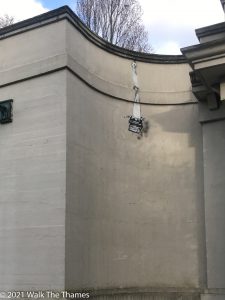
A Closer Look: Culham Lock to Dorchester 5.6 miles
This week we continue our progress working our way upstream but walking downstream. Confused? Well, we always write these articles in a downstream direction as that is the chosen direction of the vast majority of walkers, even though we are working our way upstream!
Today we’re starting at Culham. Culham is a confusing place for a number of reasons: Culham railway station is not in Culham. Nor is Culham Bridge, which incidentally doesn’t go over the Thames. The bridge at Culham is called Sutton Bridge. And I find it very easy to get Culham and Clifton (Hampden), the next village, mixed up. So let’s try and clear things up.
Culham occupies a corner of land where the river, which has been travelling south since Abingdon, makes a 90 degree turn to the east – back to its normal direction. Well, that’s almost correct: the river actually turns south-east towards Sutton Courtenay before heading north east, creating a loop.
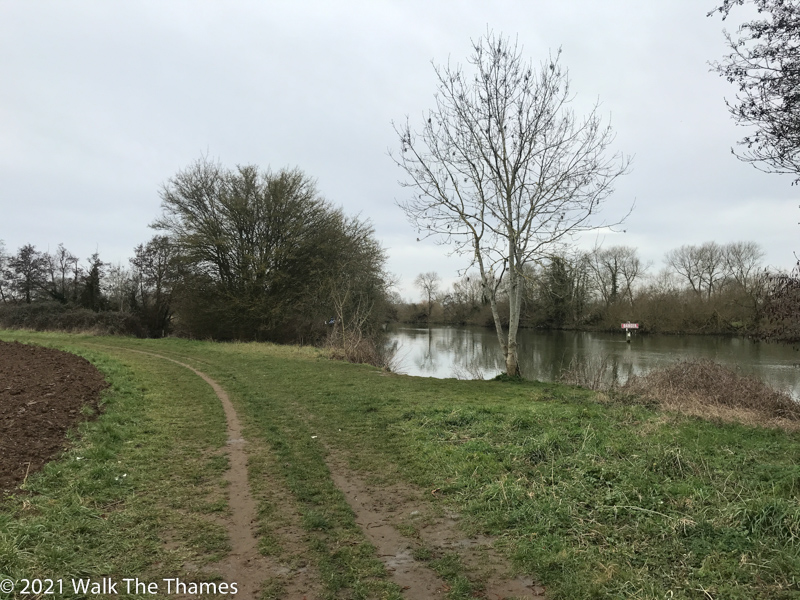
Navigation through Sutton Courtenay was via a mill that charged a high toll fee. To avoid this, a cut was built in 1802, starting from where the river turns, heading due east, and reuniting with the natural Thames at the end of the loop. This is Culham Cut which, because the Thames Path is based on the old towpaths, is our route.
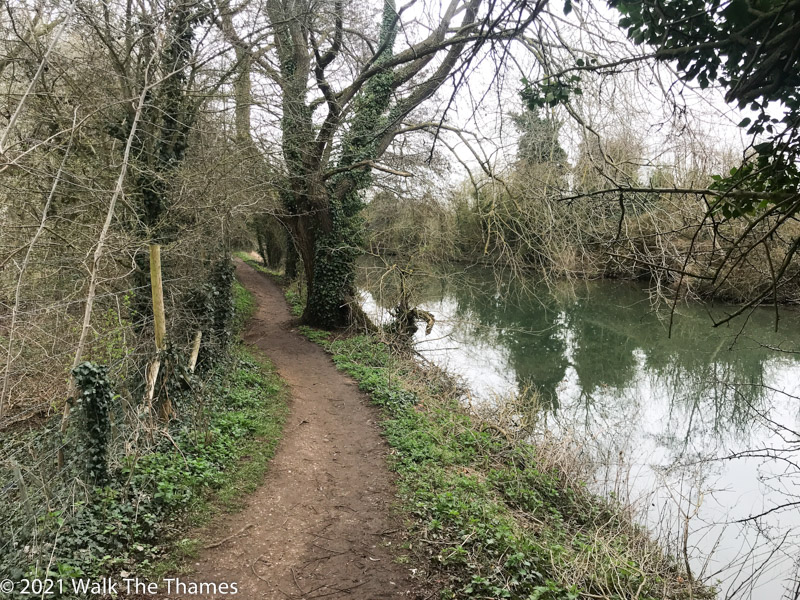
Although there is no footpath along the natural Thames between “The Big Bend” and Sutton Courtenay, there is a footpath and bridge linking the village of Culham to Sutton Courtenay which crosses both the Cut and the natural Thames. The walk from Culham Cut into Sutton Courtenay, just half a mile away, is delightful, following the Sutton Pools, a series of backwaters.
Sutton Courtenay is a pleasant village, very typical of this part of the country. Although now in Oxfordshire, historically it was part of Berkshire. The church of All Saints, which looks over the village green, houses the graves of Herbert Asquith and Eric Arthur Blair (George Orwell), both of whom were residents here.
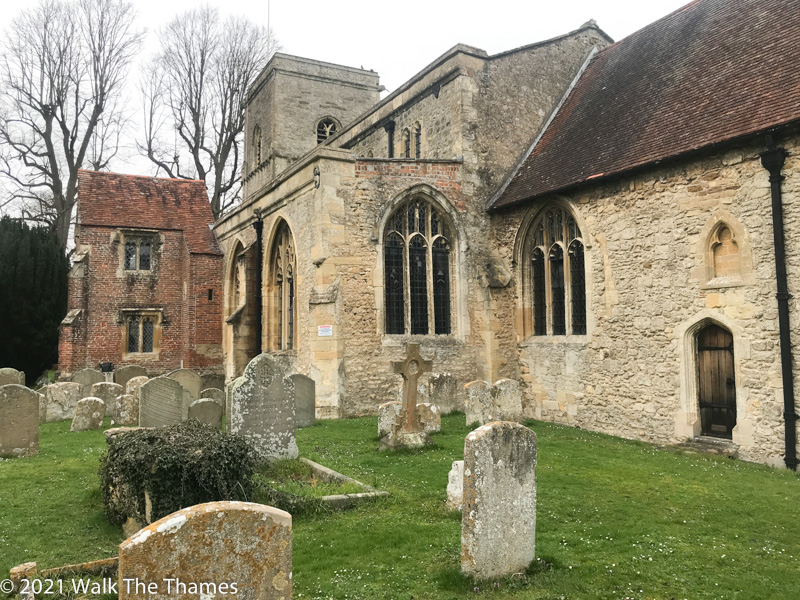
Returning to Culham Cut, we soon arrive at Culham Lock and, just beyond, Sutton Bridge, which connects Sutton Courtenay with the village of Culham. Neither are particularly noteworthy apart from the fact that there is a useful car park just next to the lock. By the way, Culham Bridge lies midway between Abingdon and Culham and is therefore out of scope for this article. We will cover it another time.
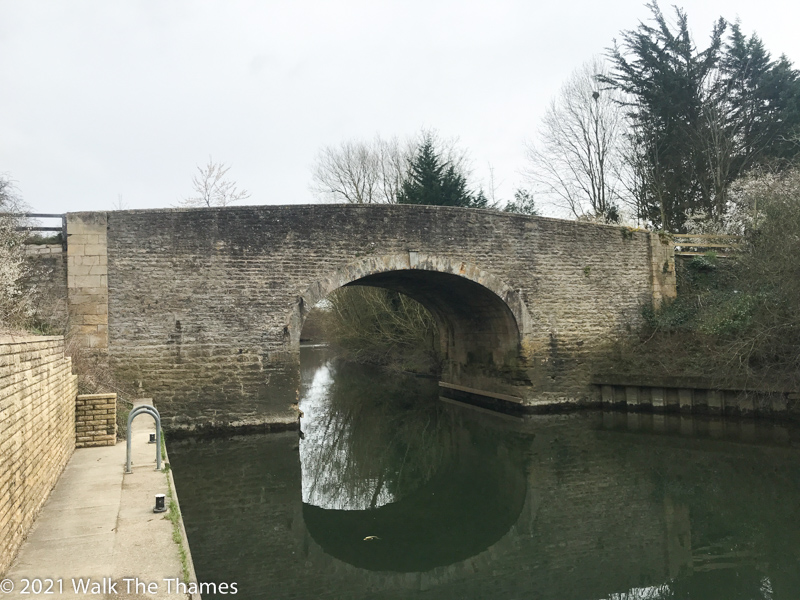
The village of Culham lies to our left as we walk. It’s an unusual shape for a village, running parallel to the Cut. The manor house is close to the Big Bend so one can assume that the village grew towards the lock after it was built. There are no shops, pubs or hotels here so there is little reason to walk into the village.
Beyond Culham, the quality of walk rapidly declines. First we are met with a warning sign of rifles; this is followed by a short stretch of brambles which can become quite an obstacle in the summer – probably the worst stretch of brambles on the entire Path. After the brambles comes…nothing; just an emptiness. The fields, though perhaps in summer filled with crops, are barren at this time of year; the river bank opposite shows signs of gravel extraction.
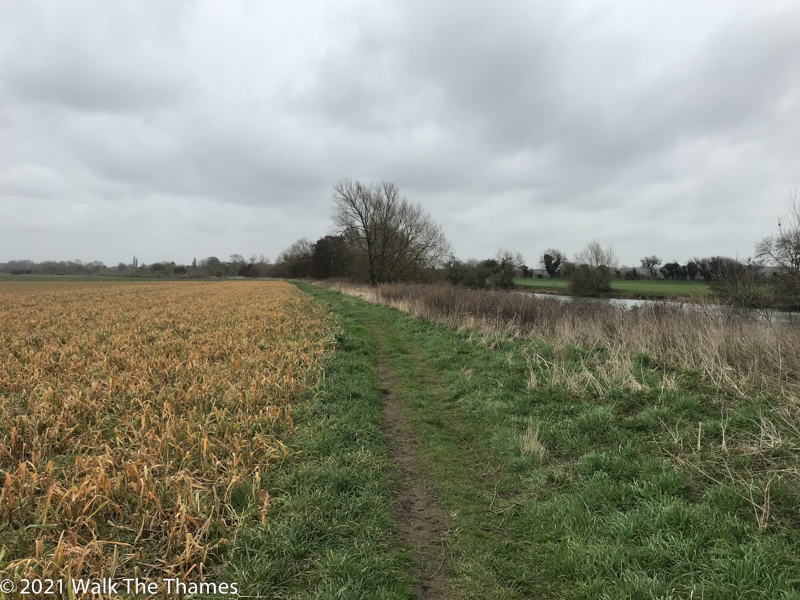
To compound matters, once past Sutton Bridge there is no escape until you reach the next village of Clifton Hampden after 2.2 miles. The village of Appleford can be seen invitingly on the other side but there is no way to cross – the railway bridge marking the half-way point and connecting Culham and Appleford stations frustratingly not providing pedestrian access. If you have decided to stay at The Railway Inn at Culham, which lies half a mile to your left, then I’m afraid you will have to return to Sutton Bridge and walk 1.5 miles along the A415. At least there’s a pavement for company!
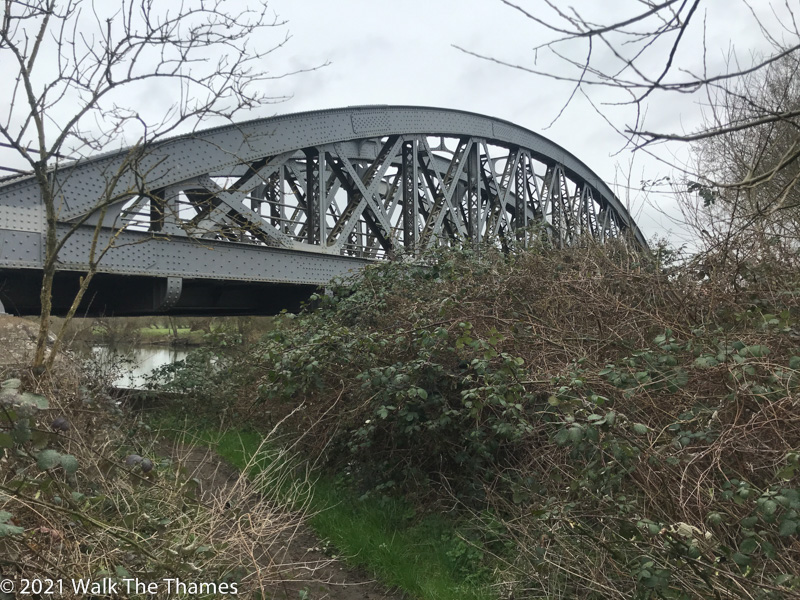
To be fair, about half way between the railway bridge and Clifton Hampden matters improve. Another cut, the Clifton Cut, commences as the natural Thames drifts away to visit Long Wittenham. As with Culham Cut, the narrow stretch of water seems to encourage more bird life. Herons and woodpeckers can be seen and heard. Clifton Lock, which marks the end of the Cut, was filled with daffodils. And, soon, Clifton Hampden bridge appears.
The bridge at Clifton Hampden is quite a work of art. It was designed by Sir George Gilbert Scott, who also designed Reading Gaol. It is the first brick-built bridge as you travel down the Thames. This may have something to do with the fact that the owner of the ferry rights, who financed the bridge, happened to own a kiln!
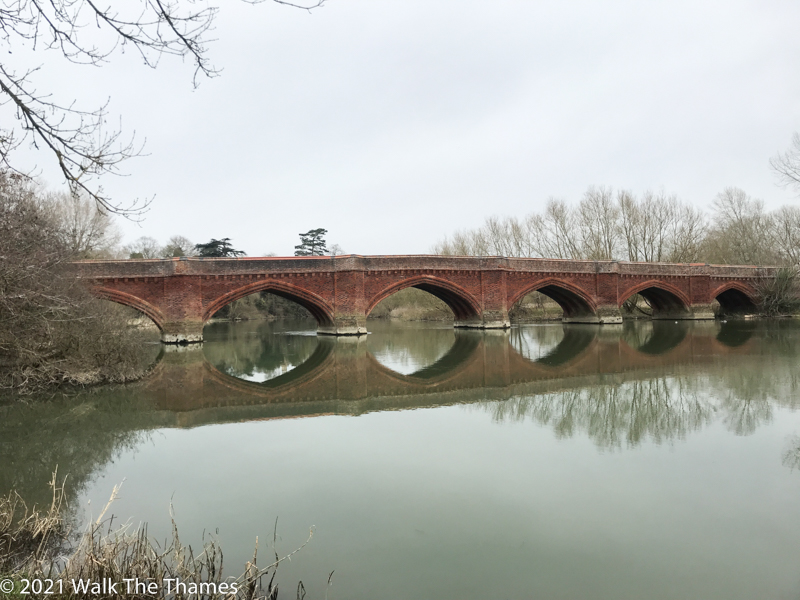
The village of Clifton Hampden is as quaint as the bridge is elegant.Thatched roofs, an old parish church and a post office that looks like it’s from a Famous Five book combine to make this an idyllic place. Rooms can be obtained at The Plough, which used to be an inn but is now only bed and breakfast. However, the Barley Mow, which sits on the other side of the bridge, serves meals.
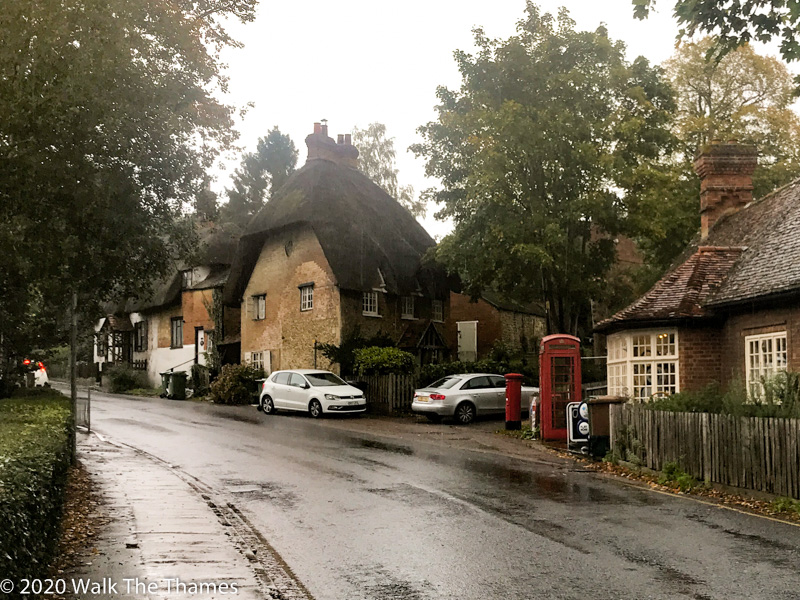
It’s a further 2.4 miles to Days Lock and the footpath to Dorchester. The river turns south and the land to our right is very flat. Interest is retained by the array of properties on the opposite side. These belong to the village of Burcot. One of these riverside properties is built on the site of the home of John Masefield, poet laureate from 1932 until his death in 1967.
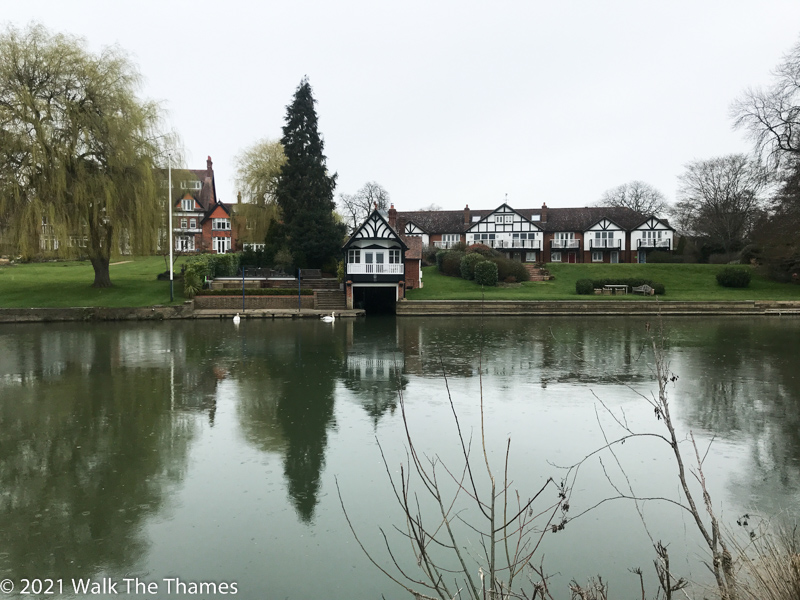
By the time we reach the end of Burcot, the river is flowing south and, straight ahead, we can see the much revered Wittenham Clumps, your one and only opportunity for a steep hill climb.
Days Lock, which, for 30 years, was host to the World Pooh Sticks Championships, marks the end of this walk, the weir providing access to the opposite bank where the Path continues. It also provides a good photo opportunity (preferably when the sun is shining!) of Wittenham Clumps which are straight ahead.
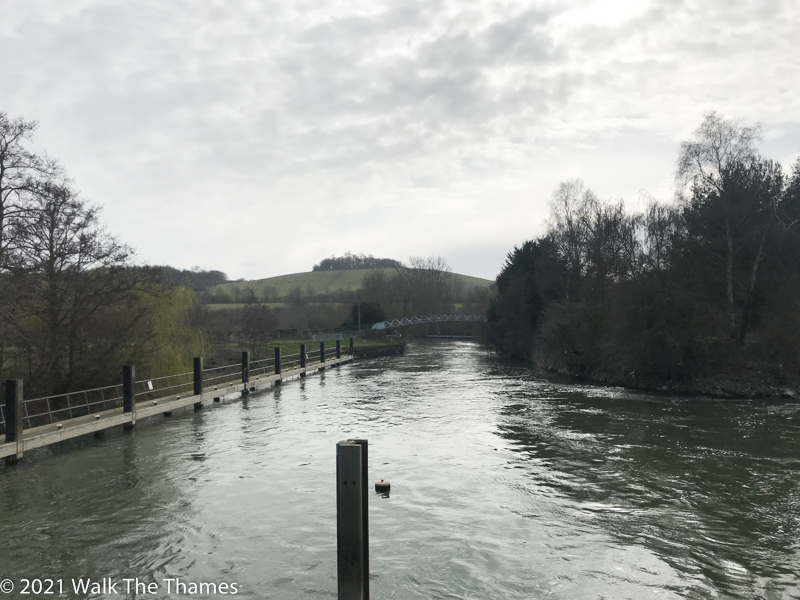
All in all, this is a good section but slightly marred by the two mile section from Culham to just before Clifton Hampden.
If you happen to be walking through Cricklade’s High Street, be prepared for a cheeky sight. His and Hairs barbers have created this rather unusual set of planters. Not long now until we can get our hair cut!
Mind how you go…
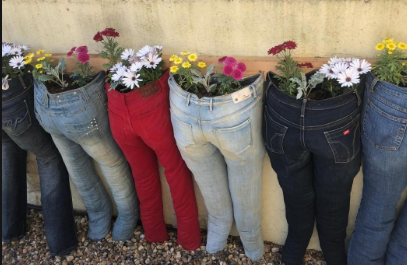
Ready to book?
| Cookie | Duration | Description |
|---|---|---|
| cookielawinfo-checkbox-analytics | 11 months | This cookie is set by GDPR Cookie Consent plugin. The cookie is used to store the user consent for the cookies in the category "Analytics". |
| cookielawinfo-checkbox-functional | 11 months | The cookie is set by GDPR cookie consent to record the user consent for the cookies in the category "Functional". |
| cookielawinfo-checkbox-necessary | 11 months | This cookie is set by GDPR Cookie Consent plugin. The cookies is used to store the user consent for the cookies in the category "Necessary". |
| cookielawinfo-checkbox-others | 11 months | This cookie is set by GDPR Cookie Consent plugin. The cookie is used to store the user consent for the cookies in the category "Other. |
| cookielawinfo-checkbox-performance | 11 months | This cookie is set by GDPR Cookie Consent plugin. The cookie is used to store the user consent for the cookies in the category "Performance". |
| viewed_cookie_policy | 11 months | The cookie is set by the GDPR Cookie Consent plugin and is used to store whether or not user has consented to the use of cookies. It does not store any personal data. |